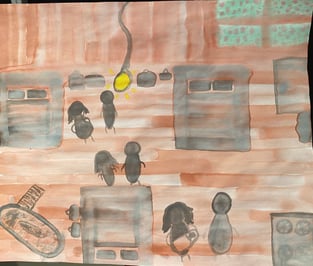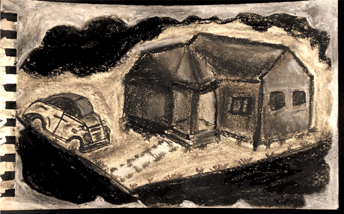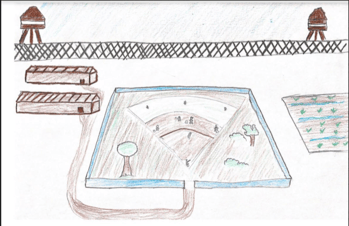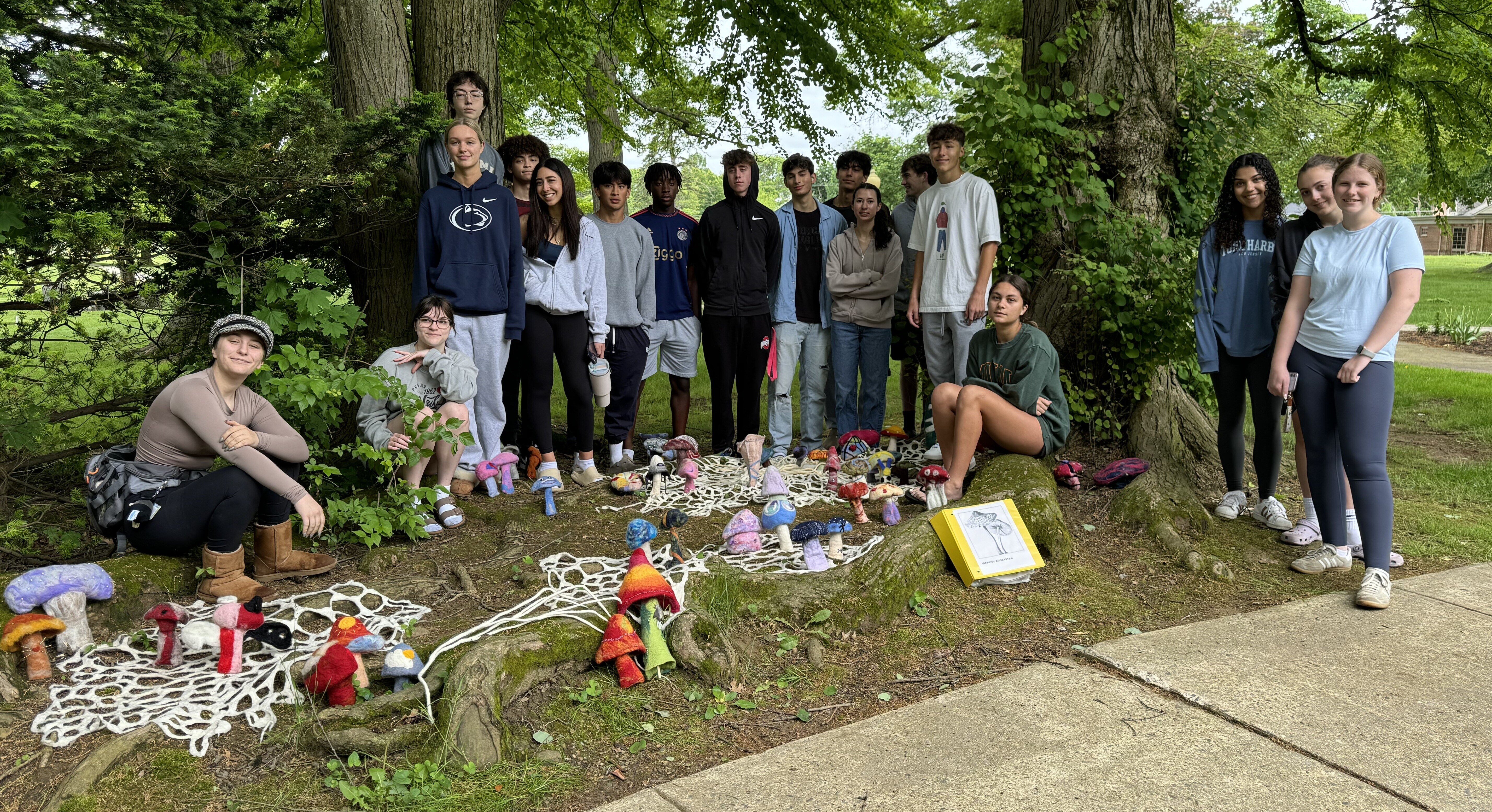Interpreting History Through Art
Like the watercolor artist Kango Takamura, students created their own artistic interpretations of life in the internment camps. It could be a watercolor but it does not have to be. They could use pencil, charcoal, or some other medium to create this interpretation.
Regardless, it should be inspired by a non-visual primary source they have studied, such as an event from the readings, one of the newspaper articles, or a story from one of the oral histories. They will also write a paragraph describing the painting. Specifically, they explained what is being depicted, the relevant historical context, and how they chose to depict the scene. Finally, they explained what argument their artistic interpretation makes about this historical event.
 The importance of this single room lies not only in how it represents Aiko Herzig-Yoshinaga’s experience of being a young Japanese incarceree, but in how it encapsulates the ways that the United States unconstitutionally incarcerated its own people based on racial ignorance. Personally, this project opened my eyes to how racial ignorance takes tolls on our diverse population of Americans in both the past and the present. -- Ali Riker '22
The importance of this single room lies not only in how it represents Aiko Herzig-Yoshinaga’s experience of being a young Japanese incarceree, but in how it encapsulates the ways that the United States unconstitutionally incarcerated its own people based on racial ignorance. Personally, this project opened my eyes to how racial ignorance takes tolls on our diverse population of Americans in both the past and the present. -- Ali Riker '22

This piece (charcoal on paper) depicts a JapaneseAmerican incarceree's dream of their home while at a concentration camp in the early 1940s. Perception and memory are just as big a part of a traumatic experience as the actual event, so I chose to portray how someone might imagine the emptiness of what was left behind." Let me know if you have any questions or concerns. -- Katy Shnier '22

I chose to depict the scene of an ongoing baseball game within a Japanese Internment camp during World War II by showcasing the attempt made by prisoners to lead a normal life, yet also showing the dark and inescapable surroundings of their environment. This scene is relevant and telling of the experience which Japanese prisoners had because it displays both the racism which they were subjected to as well as their attempt to cope with passive resistance, such as a baseball game. -- Jaxsen Miller '22


 myMA
myMA











